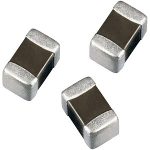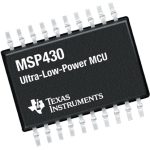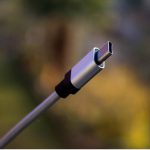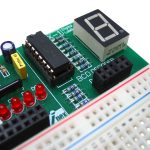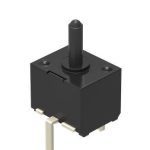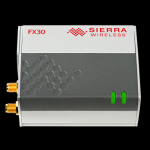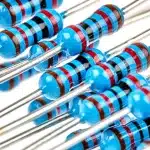
Current sensing
Current sensing is very critical in electronic or electrical equipment. There are numerous methods of sensing current which include the Rogowski coil, fluxgate, hall sensors, shunt resistor, and current transformer sensing. Shunt resistor sensing is the most commonly used method of current sensing. This is because it is very cost-effective can work in both AC and DC, and requires no additional equipment. As such it is a very affordable way of measuring current.
Optimizing precision
The use of shunt resistors presents a lot of errors. The resistance of the solder becomes an integrate of the sense element resistance and introduces a significant measurement error. High precision applications use 4-terminal resistors as well as Kelvin sensing to reduce this type of error. However, special purpose resistors could prove to be expensive. Moreover, the size and design of the resistor are significant factors in the determination of the sensor accuracy with regards to large currents.
Optimized approach
In this article, we will explore an alternative approach that offers high accuracy Kelvin sensing through the use of standard, affordable 2-pad sense resistor that incorporates a 4-pad layout.
Current sense resistor
The commonly used current-sense resistors are available in 0.5MΩ and they come packaged in a 2512 case. They can dissipate up to 3 W. Traditionally, for Kelvin sensing, pads in 2-wire footprint have to be divided to offer different paths for the system currents and sense currents as shown below;
Kelvin sensing
This results in additional resistance as shown above. To avoid the additional resistance,its necessary to route voltage sensing traces up to sense resistor pad. System current will still result in a substantial voltage drop across upper solder joints. However, the sense currents will result in an insignificant voltage drop across the solder joints. The split pad approach eliminates solder joint resistance thus improving the system accuracy.
Improving the Kelvin footprint
The layout depicted in the figure above is an optimized variance from the standard 2-pad approach but with resistors with low resistance values, the location of the sensing point on the pad and current flow symmetry becomes critical. The ULRDG3-2514-0M50-FLFSLT is a good example, it’s a solid-state metal-alloy resistor hence every millimeter along with the pad influences the effective resistance. Several layouts were put to test using calibrated current and the voltage drops across the layouts compared. A total of 5 layouts were tested under a closely monitored temperature of 25°C.
The results obtained indicate that C is the optimum layout. It exhibited a measurement result of less than 1%.
The above image captures the dimensions of the optimum footprint. Routing affects measurement accuracy. To achieve improved accuracy, the sense voltage ought to be measured at the edge of the resistor. The recommended layout uses vias to route the outer edge of the pad to a different layer hence avoiding cutting the main power layer.
Summary
The data captured from the above resistors may vary with the resistor composition and size as such you need to consult the respective manufacturer. The user is also responsible for ensuring the dimensions and structure of the desired footprint comply with the manufacturer’s requirements.










